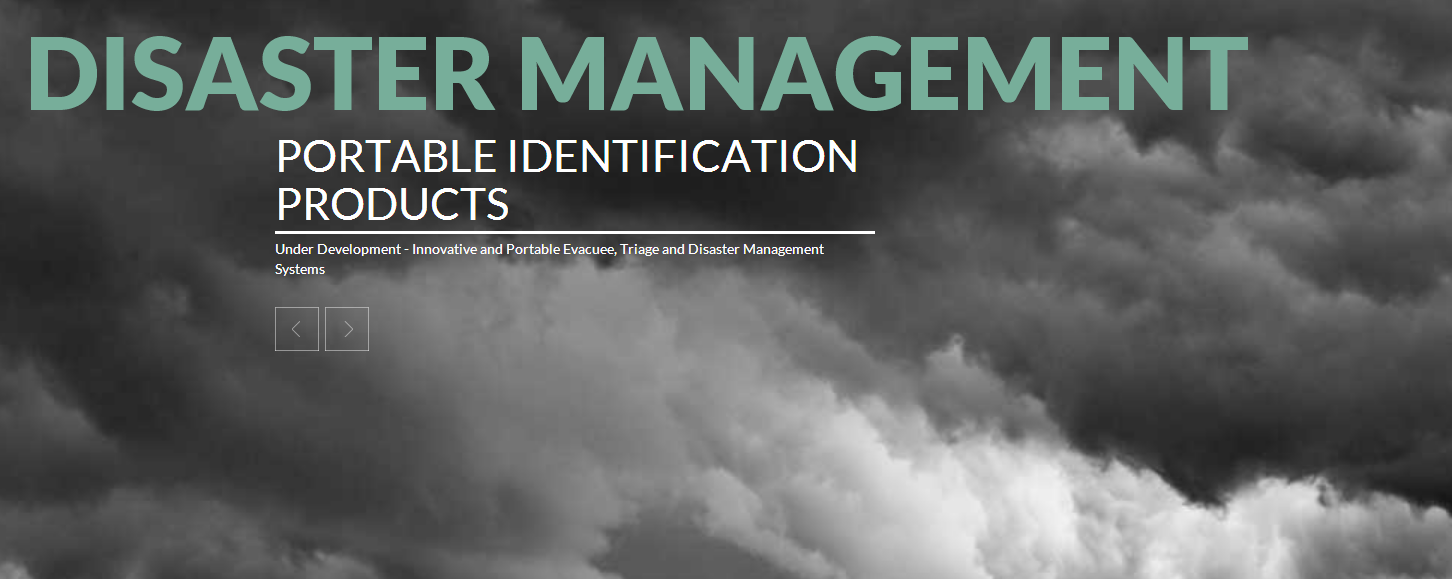What exactly is Disaster Management?
Natural disasters are unavoidable. There is no way to control where a hurricane or earthquake will strike. What we can do is have a disaster management plan in place.
What is Disaster Management?
Disaster management is exactly what it sounds like. At its most basic, it is having a plan in place to prepare for disasters if preparation is possible, and to recover from them when it is not. There are four classification of disaster. Natural disasters, such as earthquake, hurricane or volcanic event; environmental emergencies that are caused by humans, like plant explosions or forest fires; complex emergencies which consist of a breakdown of authority, like war or conflict situations; and pandemic emergencies, caused by a sudden onset of contagious disease. Disaster management is broken down in to four steps: prevention, preparedness, relief, and recovery.
Prevention
Some disasters cannot be prevented, no matter how well they are planned for. Natural disasters leave people at the mercy of the elements, and pandemic emergencies can happen no matter what quarantine procedures are put into place. Others, though, can be prevented and that is the first step of disaster management. Environmental, or manmade, emergencies can in many cases be prevented with simple steps such as proper campfire management or paying attention to safety protocols while operating dangerous machinery and dealing with volatile chemicals.
Preparedness
This step can be the one that saves the most lives when a predictable disaster like a hurricane strikes. Thorough and well planned evacuation routes and disaster preparedness plans can keep people from becoming lost during a panic. Implementing the use of bar-coded or RFID enabled wrist bands handed out during evacuation to track people could go a long way to reuniting separated families. Another preparation that a community can make would be to set up emergency storage of non-perishable food and potable water, to be handed out in the event of an emergency.
Relief
Once disaster strikes, the first step once the smoke clears is relief. This includes rescuing survivors, relocating them to shelters, and providing food, water, and medical assistance. This can be one of the hardest and most emotional parts of disaster management. This is where handing out the wrist bands that were mentioned earlier could save lives or reunite families. Disaster relief is simply picking up whatever pieces that the disaster leaves behind, categorizing them and setting them aside. Putting them back together comes later.
Recovery
Disaster recovery is picking up the pieces and putting them back together. This is where communities come together to rebuild what was destroyed during a disaster. Once the crisis is over and the imminent danger has passed, survivors and responders can focus on rebuilding their infrastructure. Rehabilitation, both physical and mental, is another large part of recovery. Survivors may have medical issues that need to be tended to once hospitals or medical office can be reopened. They may also have mental issues that need addressing, as disasters tend to be mentally and emotionally traumatic.
The old saying goes that proper planning prevents poor results and this applies to disasters as much any other situation. Disaster management is the key to helping people prepare for disasters, and help them rebuild once the disaster is over.

